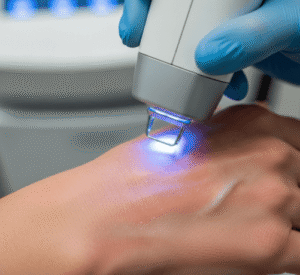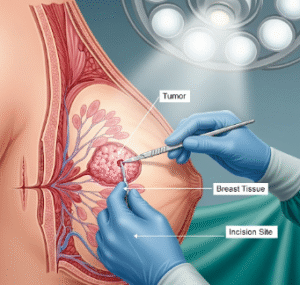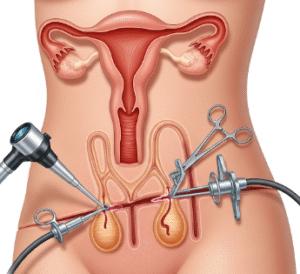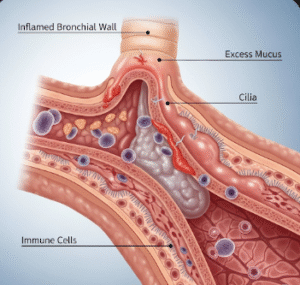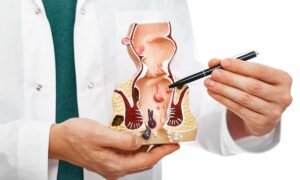What It Is
A belt lipectomy, sometimes called a lower body lift, is an extensive surgical procedure that removes excess skin and fat from the abdomen, waist, lower back, and hips. The incision goes all the way around the body like a belt, allowing surgeons to lift and tighten the entire lower torso.
This procedure is most often chosen by patients who have lost a significant amount of weight, either through bariatric surgery or lifestyle changes, and are left with sagging skin around the midsection. In Korea, belt lipectomy is performed in advanced surgical centers that specialize in body contouring after major weight loss.
Why It’s Done
Patients consider belt lipectomy for both medical and cosmetic reasons:
- To remove large amounts of sagging skin that cause irritation, rashes, or infections.
- To restore a smoother body shape after massive weight loss.
- To improve comfort and mobility by removing heavy skin folds.
- To help clothing fit better and restore self-confidence.
Unlike standard abdominoplasty (tummy tuck), which addresses only the front of the abdomen, belt lipectomy treats the body circumferentially for a more balanced result.
Alternatives
Depending on patient needs, alternatives may include:
- Standard abdominoplasty (tummy tuck): Removes excess skin and fat from the lower abdomen only.
- Extended abdominoplasty: Targets the abdomen and flanks but not the full lower back.
- Panniculectomy: Removes the abdominal “apron” of skin but does not lift the back and hips.
- Non-surgical skin tightening: Radiofrequency or ultrasound devices may help mild laxity but are not effective for extensive skin excess.
Preparation
Preparation is especially important due to the complexity of belt lipectomy:
- Consultation with a surgeon to review health history, weight stability, and expectations.
- Pre-surgery tests such as blood work and imaging.
- Weight stability for 6–12 months is usually recommended before surgery.
- Avoiding smoking and alcohol for at least 4 weeks before surgery to improve healing.
- Stopping certain medications like blood thinners that may increase surgical risks.
- Arranging for recovery support at home and at least 3–4 weeks off work.
How It’s Done
Belt lipectomy is performed under general anesthesia and typically lasts 5–7 hours. Steps include:
- A circumferential incision is made around the body, low enough to be hidden by underwear.
- Excess skin and fat are removed from the abdomen, flanks, back, and hips.
- Abdominal muscles may be tightened if necessary.
- The remaining skin is pulled upward and downward for a smoother contour.
- The incisions are closed, and surgical drains are placed to prevent fluid buildup.
Recovery
Recovery requires patience and close monitoring:
- Hospital stay of 2–4 days is often recommended.
- Swelling, bruising, and soreness are common in the first few weeks.
- Compression garments are worn to reduce swelling and support healing.
- Walking is encouraged soon after surgery to prevent blood clots, though strenuous activity must be avoided for 6–8 weeks.
- Final results appear gradually, with significant improvements seen after 3–6 months once swelling subsides.
Possible Complications
Because this is a major surgery, risks include:
- Infection or bleeding.
- Wound healing delays, especially at incision junctions.
- Fluid accumulation (seroma).
- Numbness or changes in skin sensation.
- Blood clots or deep vein thrombosis (DVT).
- Noticeable scarring, although placed low and often hidden under clothing.
Treatment Options in Korea
Diagnosis
- Detailed evaluation of skin laxity and body proportions.
- Body composition analysis and sometimes 3D imaging for surgical planning.
Medical Treatments
- Pre- and post-surgery medications for pain and infection prevention.
- Compression garments customized for lower body lifts.
Surgical or Advanced Therapies
- Standard belt lipectomy: Circumferential skin and fat removal.
- Extended belt lipectomy: Includes additional contouring of thighs or buttocks.
- Combination procedures: May be paired with breast lift, arm lift, or thigh lift for full post-weight-loss body contouring.
Rehabilitation and Support
- Post-operative wound care and scar management.
- Lymphatic drainage massage to reduce swelling.
- Long-term follow-up to monitor healing and results.
- International patient services such as translation, hospital coordination, and virtual consultations after returning home.


